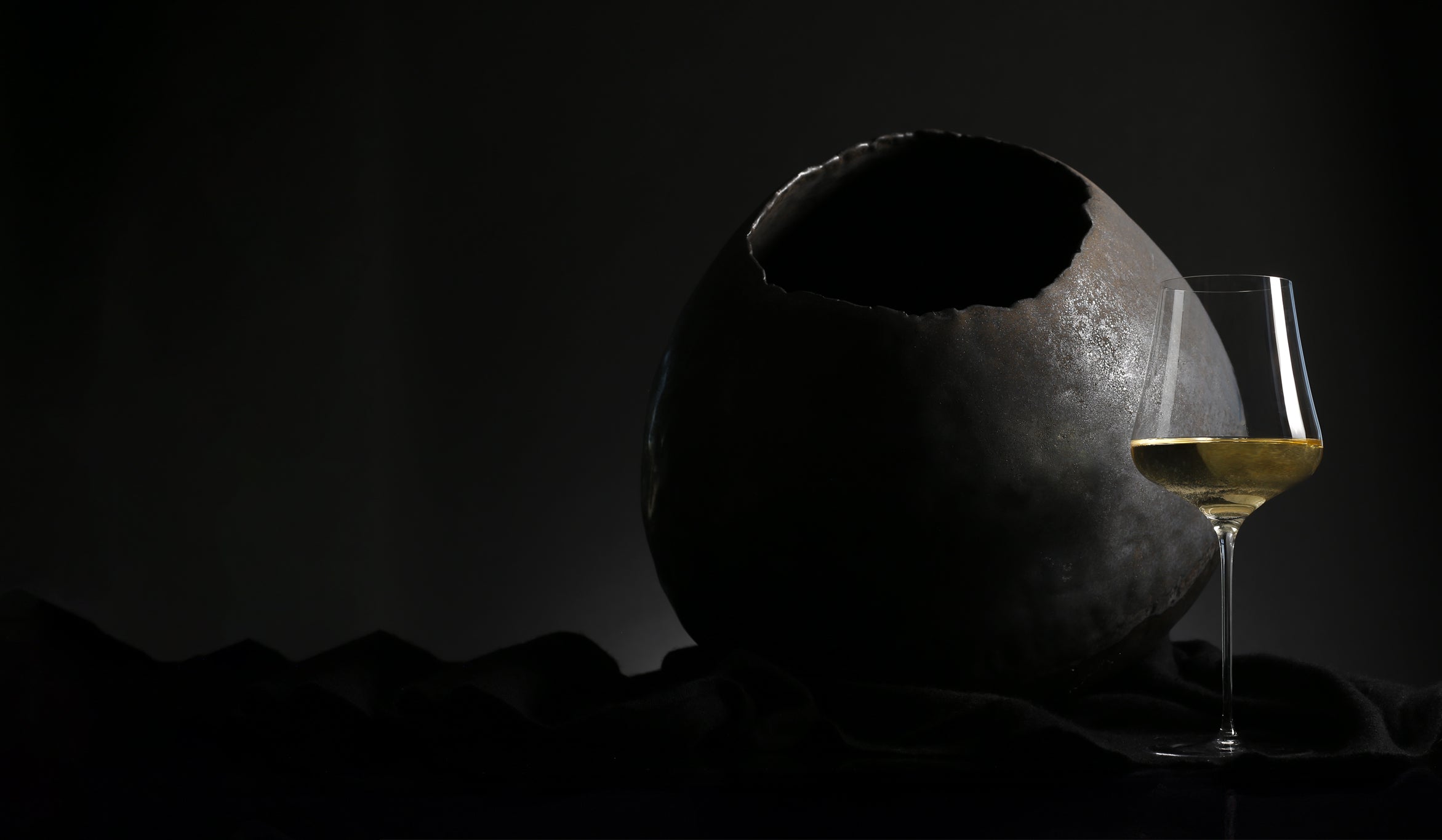Collapsible content
Acid
Acid gives wine its crispness. It balances sweetness, enhances flavors, and contributes to a wine’s structure. Higher acidity often means a wine is more “mouthwatering” and food-friendly.
Brut & Extra Brut
These are classifications of sparkling wine to describe how much sugar is in the bottle. For example, Extra Brut contains 0-6 grams per liter (g/L) residual sugar; Brut can have up to 12 g/L. Both present crisp and bright flavor profiles.
Dry
A dry wine is the opposite of a sweet wine. It contains little to no residual sugar, usually less than 10 grams per liter (although there is no technical definition in the US). Dry wines can still present fruit-forward flavors and aromas.
Fermentation
Fermentation is the process where yeast converts grape sugars into alcohol and carbon dioxide. It’s the essential transformation that turns grape juice into wine, influencing flavor, texture, and alcohol level. Yeasts can be found naturally on grape skins (called “native yeast”) or added artificially into wine.
Filtration
Filtration is the act of removing various sized solids and microbes from wine, improving clarity and stability. Filtration methods vary, from natural clay to reverse osmosis. Some winemakers skip it to preserve texture and flavor, creating “unfiltered” wines with potential for more depth or complexity.
Legs
Legs are the streaks that form on the inside of a wine glass after swirling. They're influenced by alcohol and sugar content; the more dense or viscose the liquid, the more legs. Contrary to popular belief, they have not been shown to have any correlation to wine quality.
Minerality
Minerality describes flavors or sensations resembling wet stone, chalk, or flint. These notes are often linked to “terroir,” or the unique characteristics of where the wine is from.
Nose
The “nose” of wine refers to its aromas, smelled before tasting. It includes primary (fruit), secondary (fermentation), and tertiary (aging) aromas, offering insight into a wine’s complexity. An example: the nose of a Pinot Noir often presents primary notes of red raspberry and tertiary notes of mushrooms.
Oak Aging
Oak aging is the process of leaving finished wine in oak barrels for a period of time, from months to decades. It can impart flavor and texture through a process called “microoxygenation,” feeding the wine small amounts of oxygen through the porous wood. For flavor, oak barrels can add notes like vanilla or spice.
Palate
The palate refers to the flavor profile and texture experienced while tasting wine. It includes fruit, acidity, tannin, body, and finish. A balanced palate reflects a well-crafted wine.
Sweet
Sweet wines have large amounts of residual sugar left after fermentation. They can range from lightly sweet to very sweet, like dessert wines or port. Residual sugar is balanced by acidity and alcohol, so oftentimes a wine can be sweet without tasting sweet.
Tannin
Tannins are natural compounds from grape skins, seeds, stems, and oak. They create a drying sensation in the mouth and add structure, density, and aging potential, especially in red wines.
Terroir
A French word with no direct translation, terroir refers to the unique combination of climate, soil, topography, and local environment influencing how grapes grow. It shapes a wine’s character, linking it to a specific place and origin. Examples: clay soils versus limestone soils, or sun exposure versus windy conditions.
Vintage vs N.V.
A vintage wine is made from grapes harvested in a single year. Non-vintage (N.V.) blends wines from multiple years—common in Champagne and sparkling wines.
Yeast
Yeast drives fermentation by consuming sugar and producing alcohol and carbon dioxide. Yeasts can be found naturally on grape skins (called “native yeast”) or added artificially into wine. The strain of yeast can significantly impact a wine’s flavor or aroma and some are engineered to give a wine a specific taste.
TASTE AND FEEL THE DIFFERENCE

